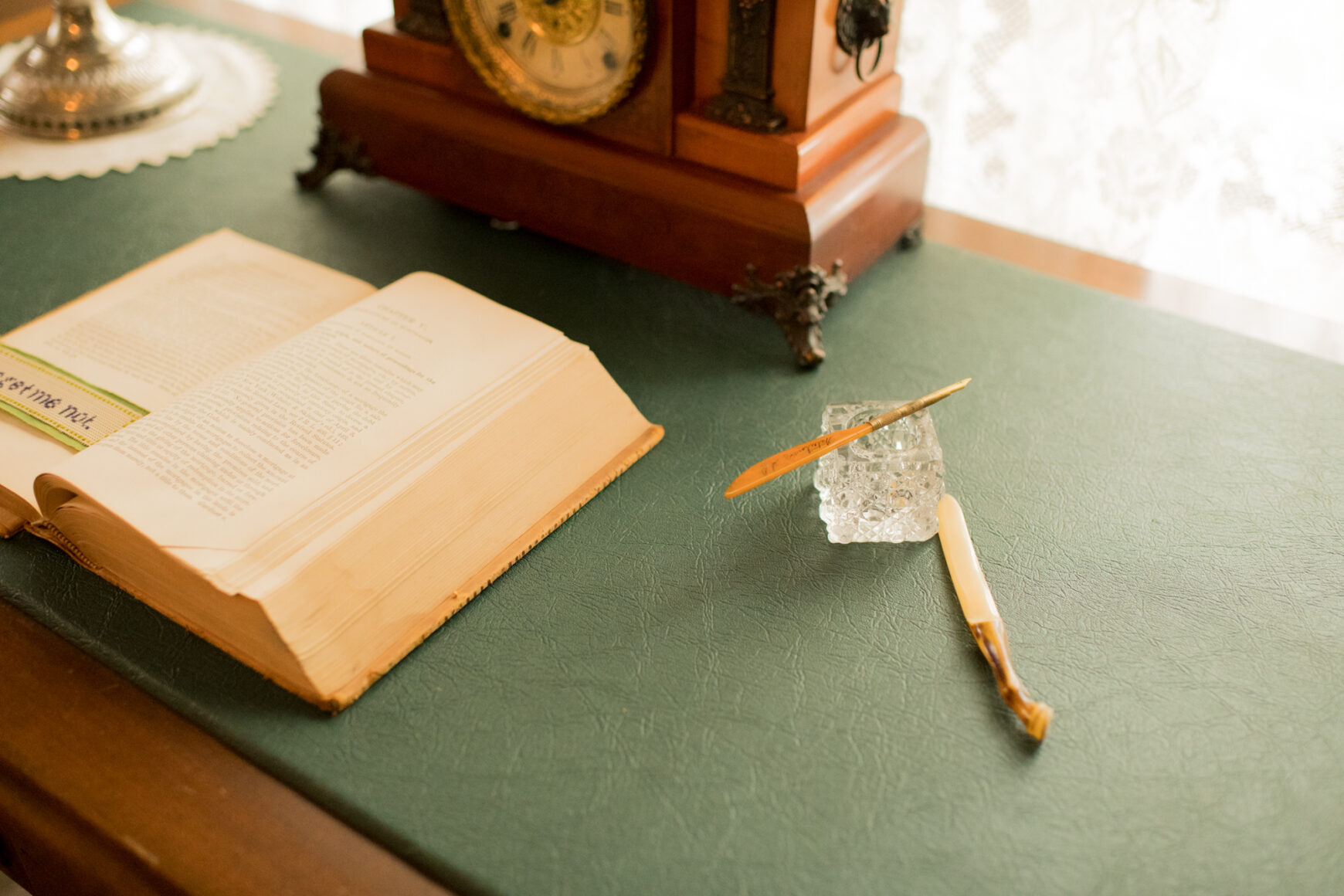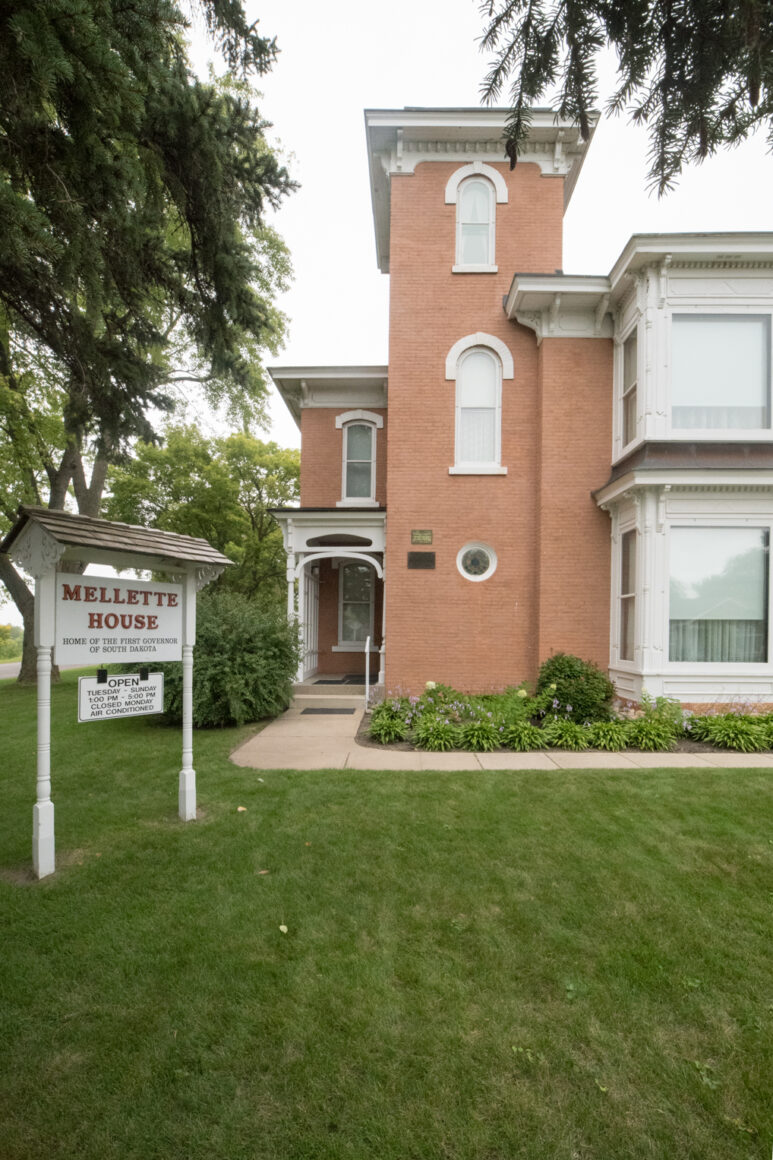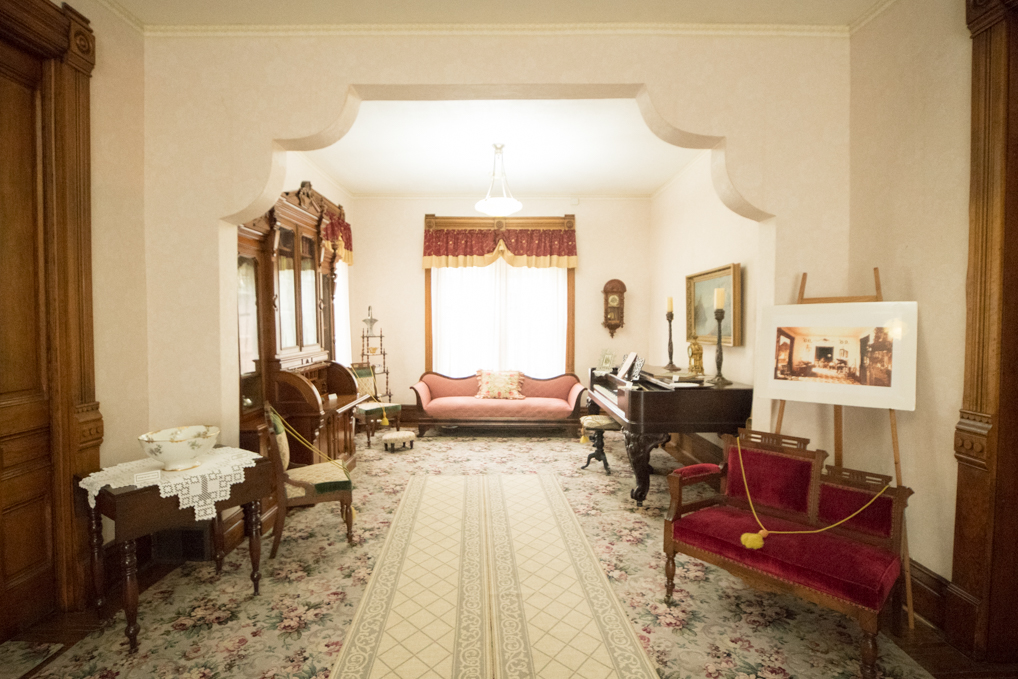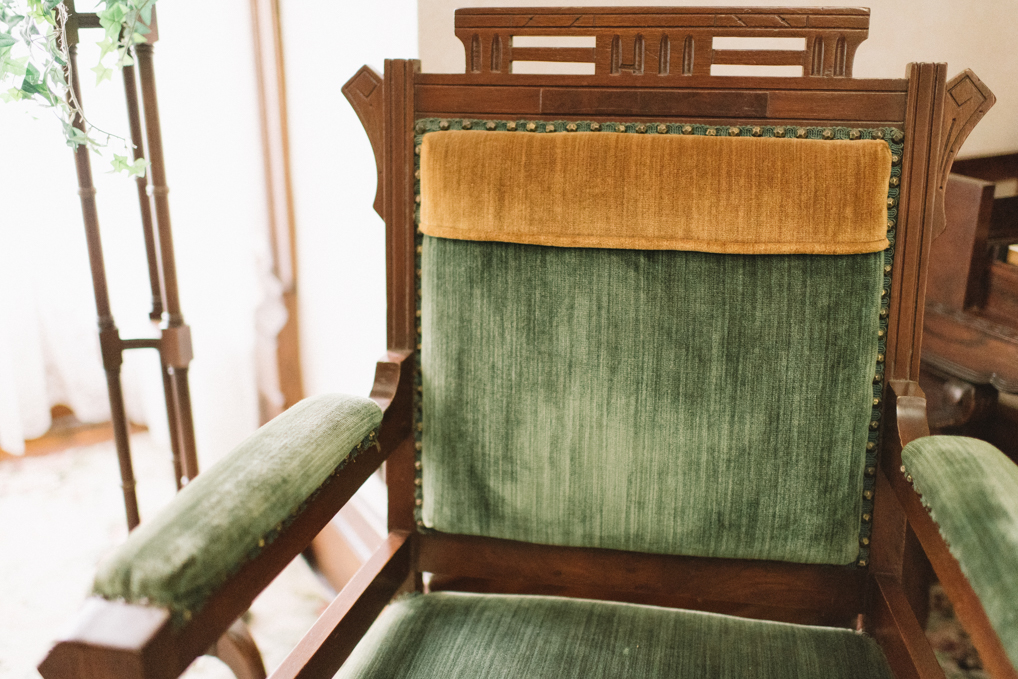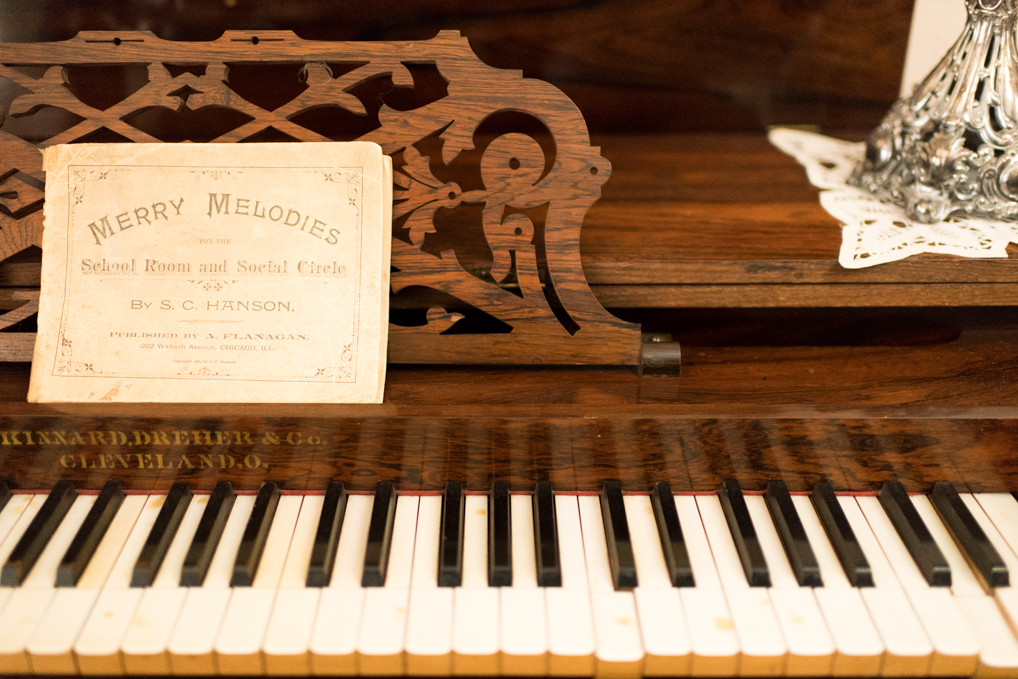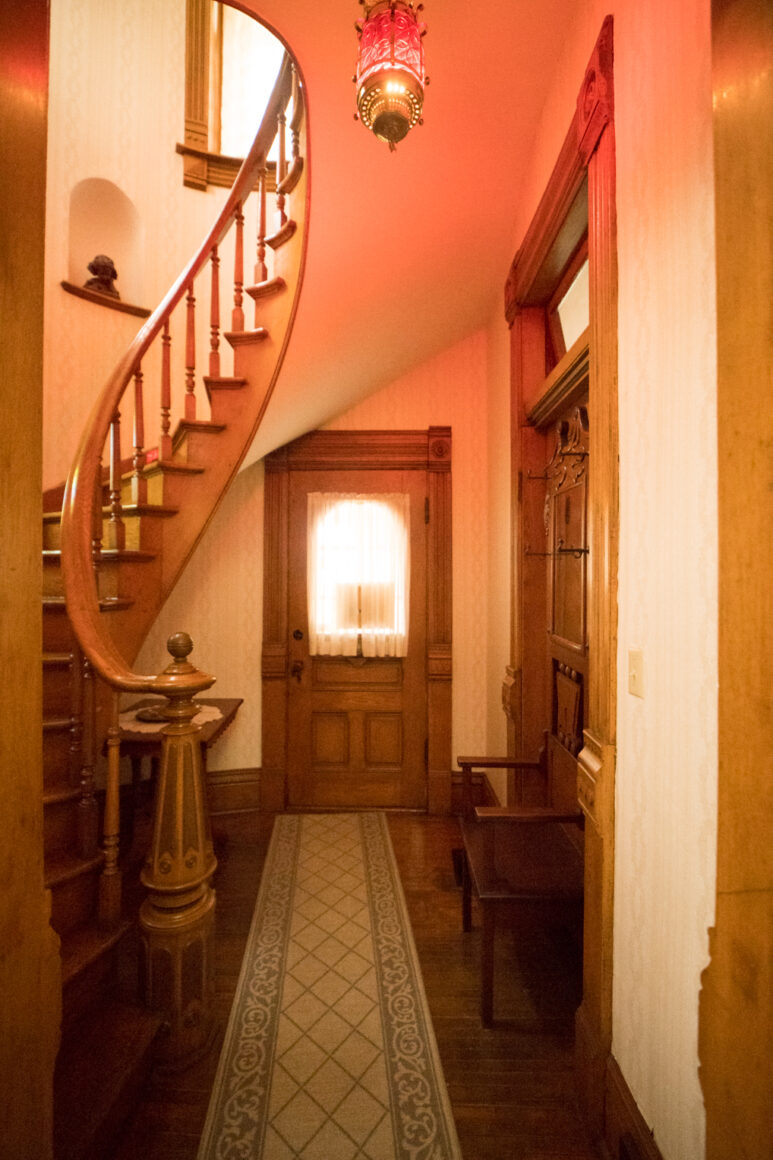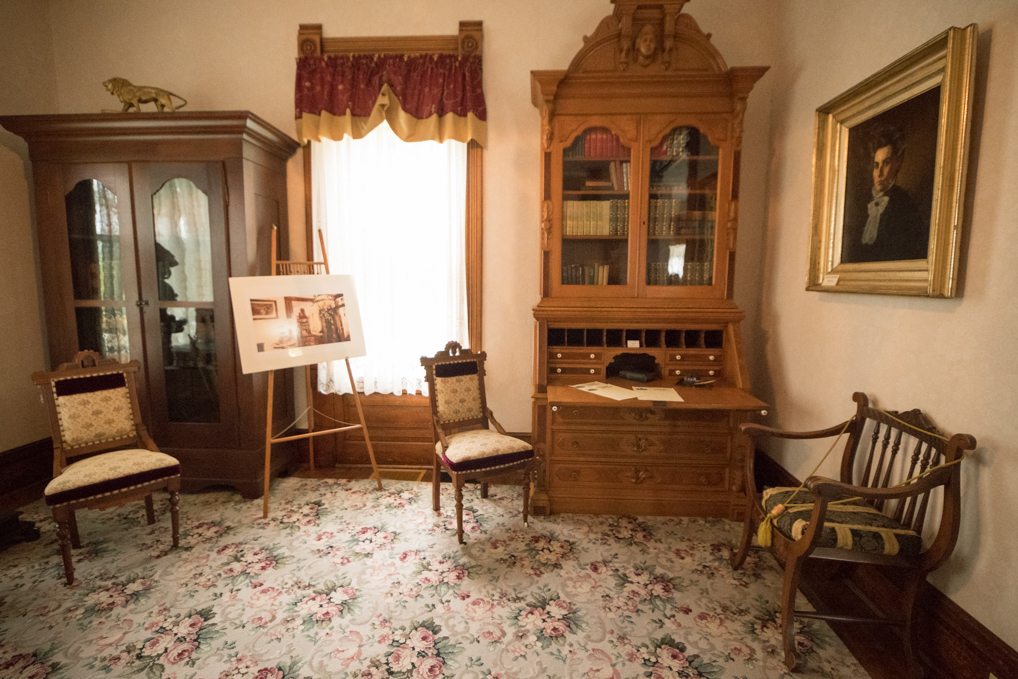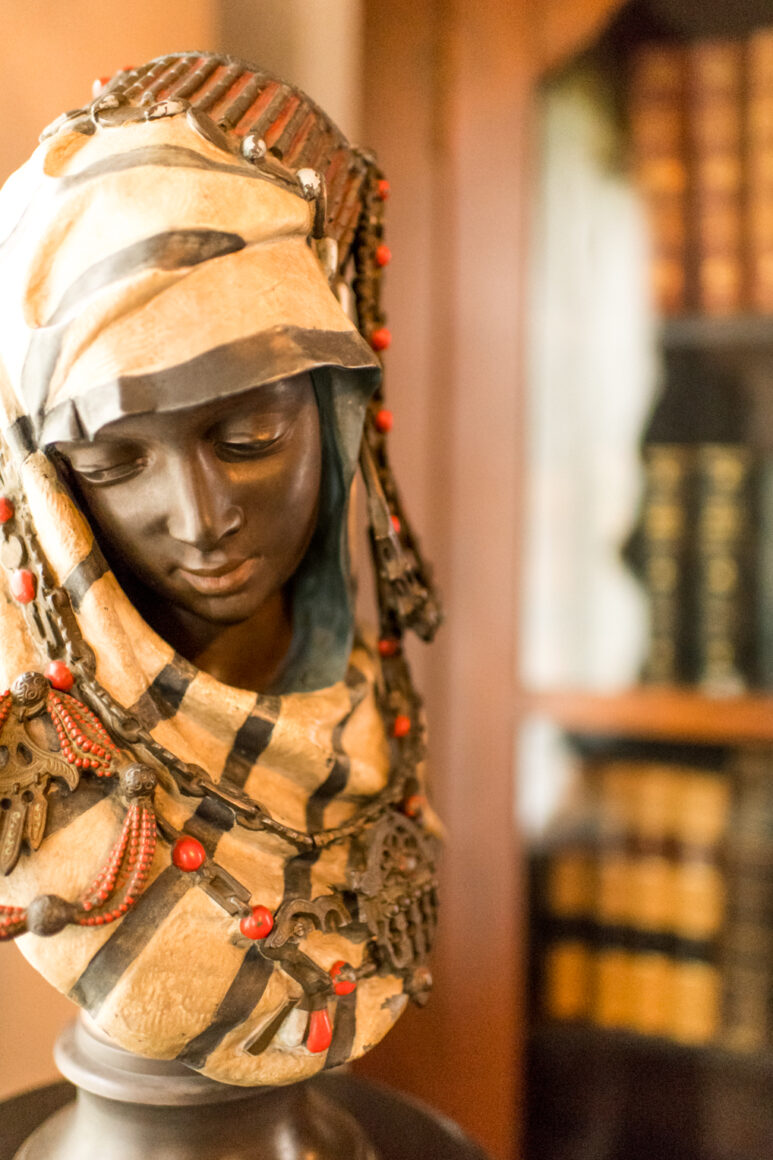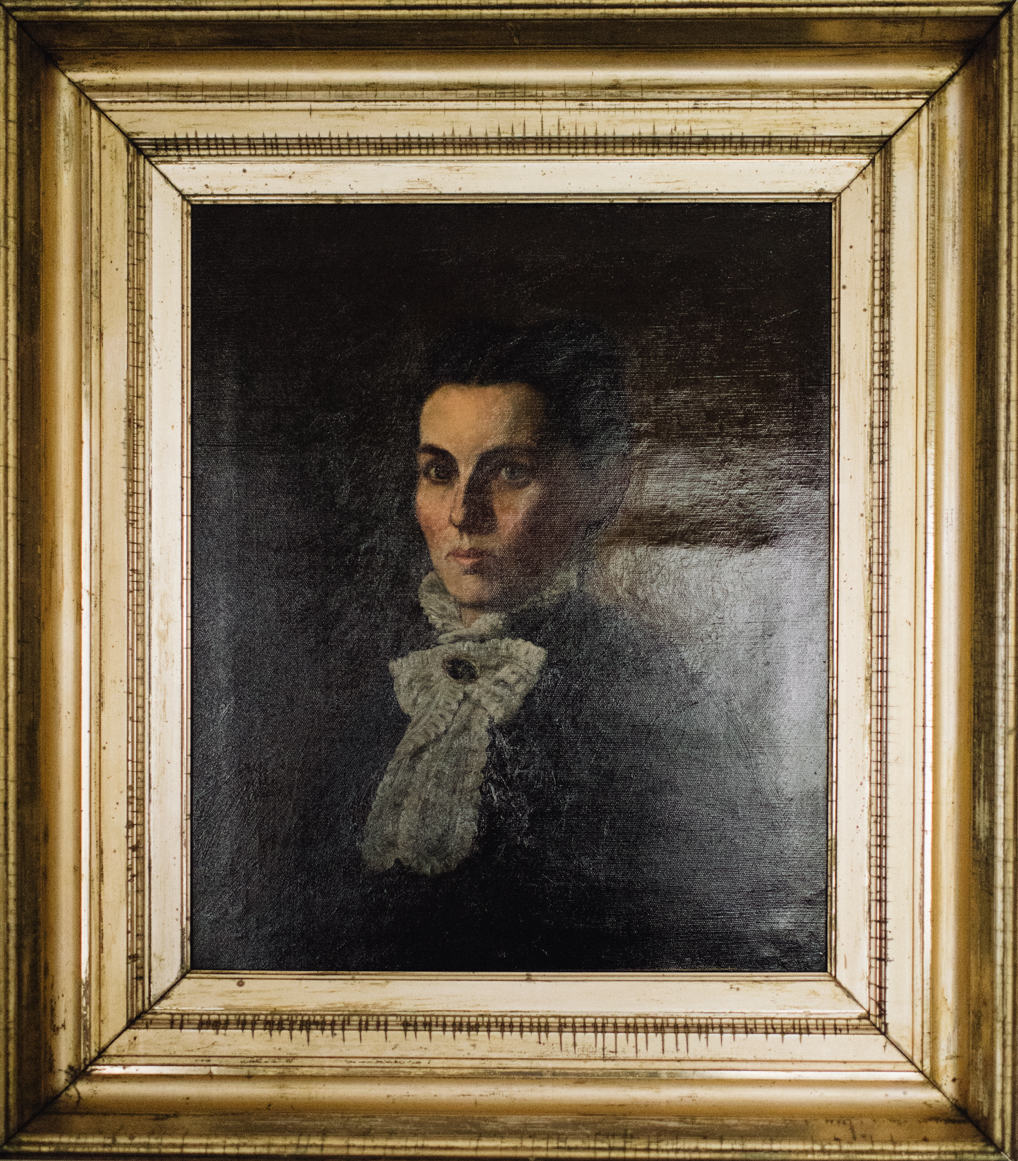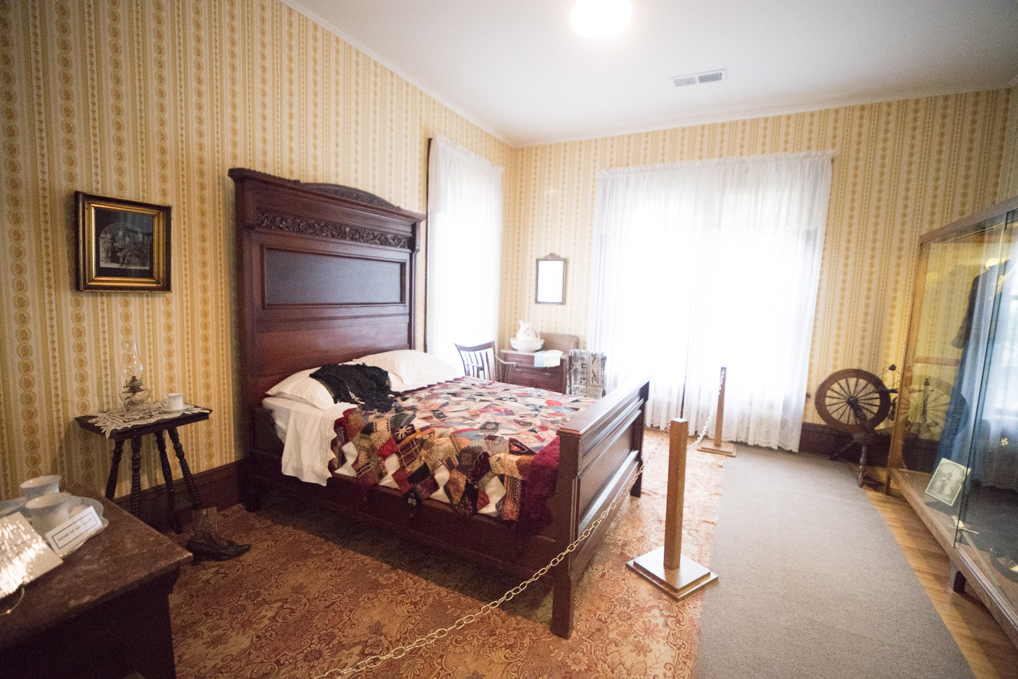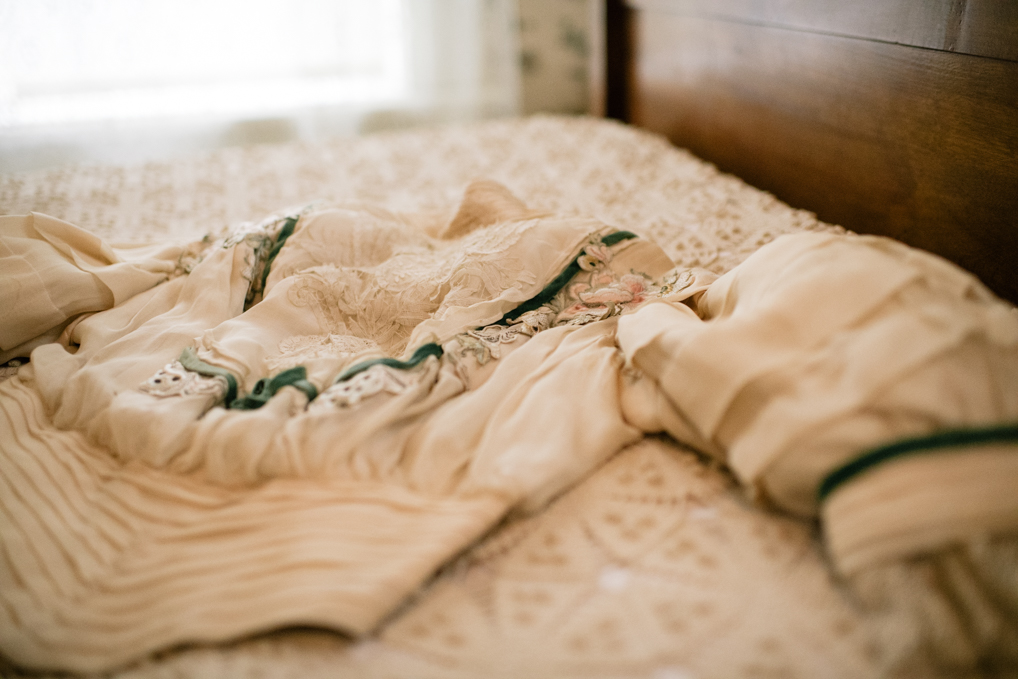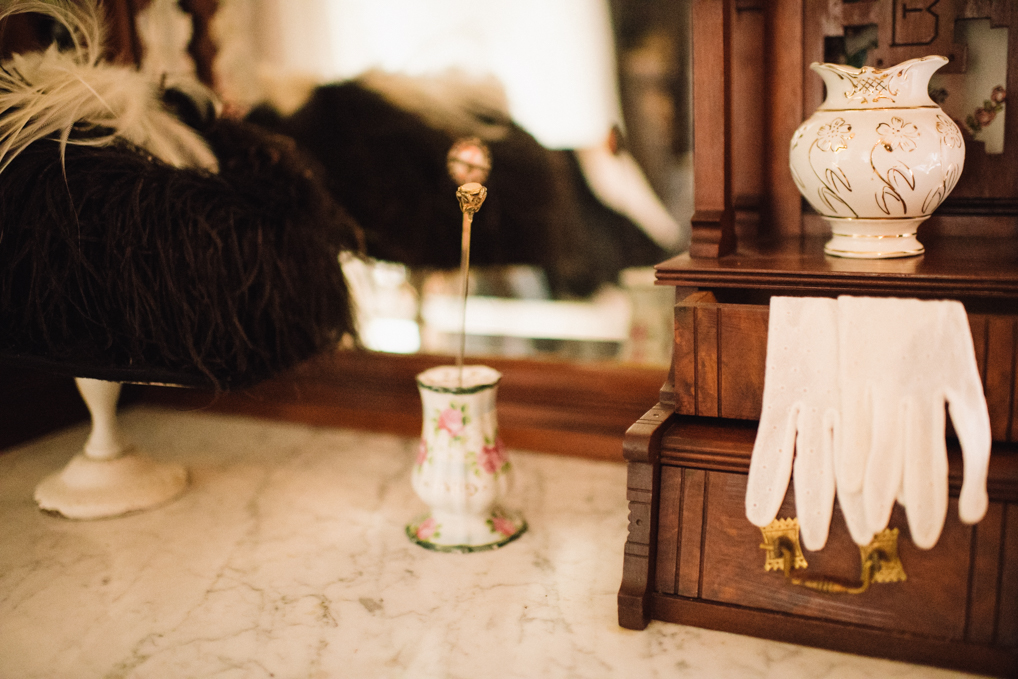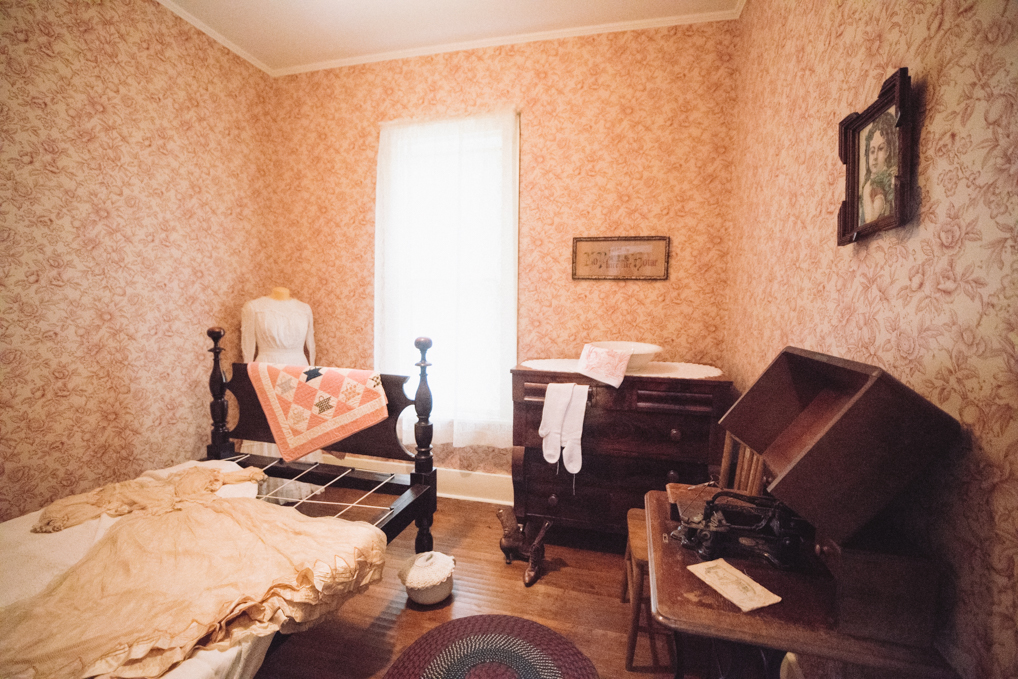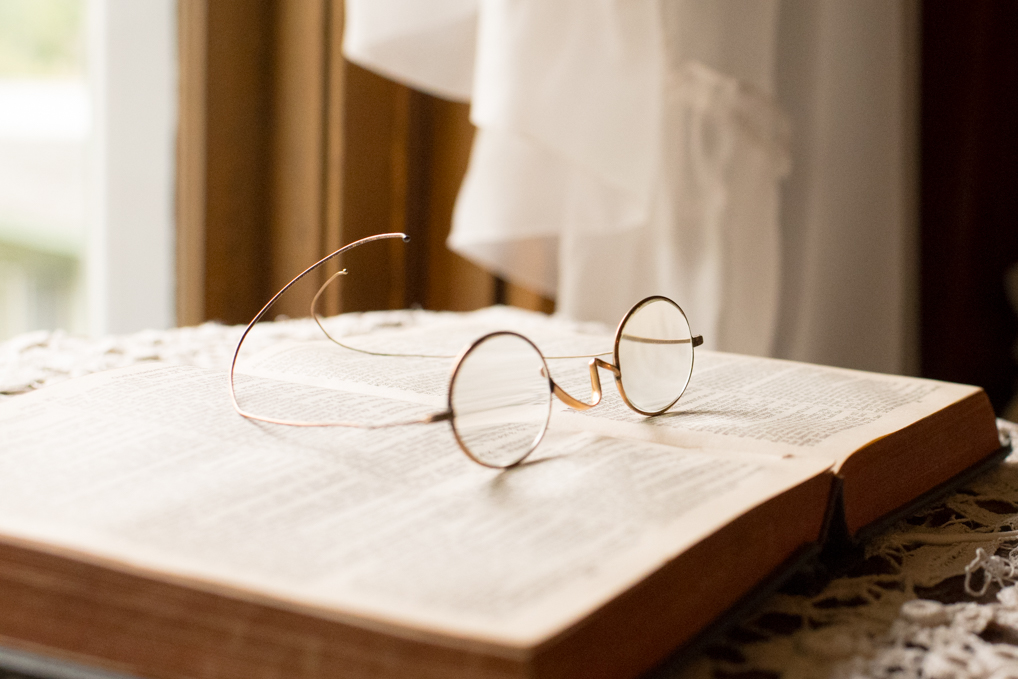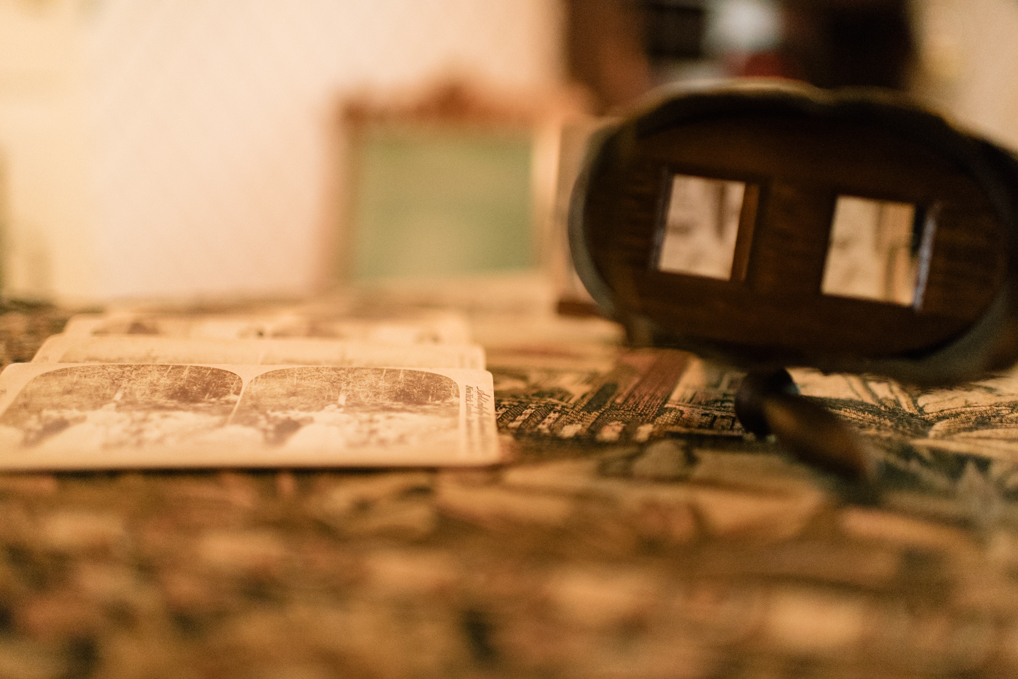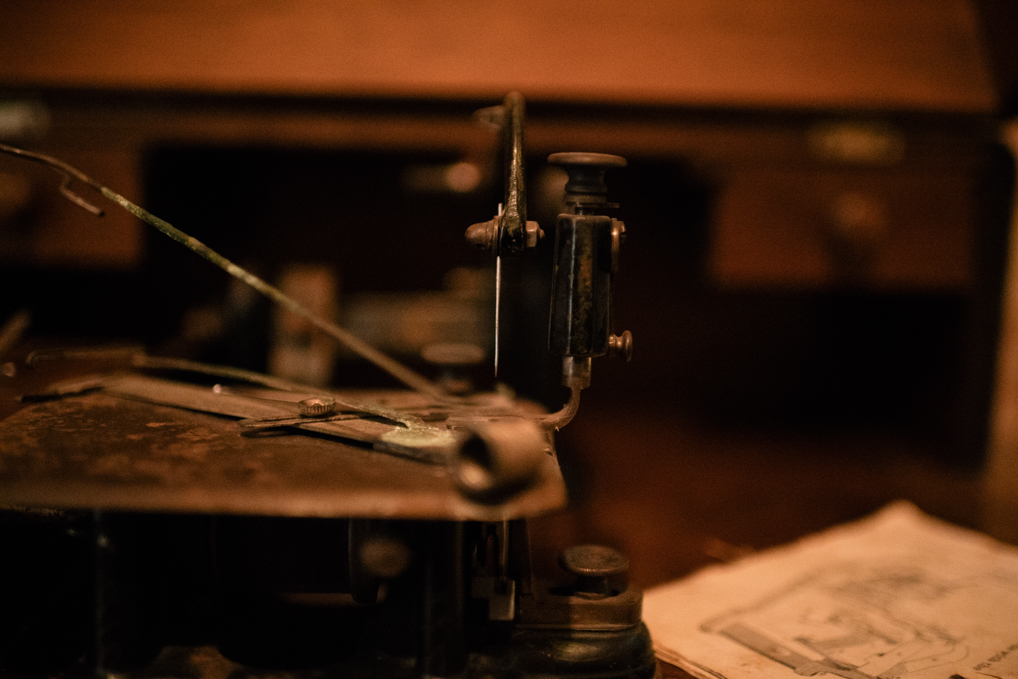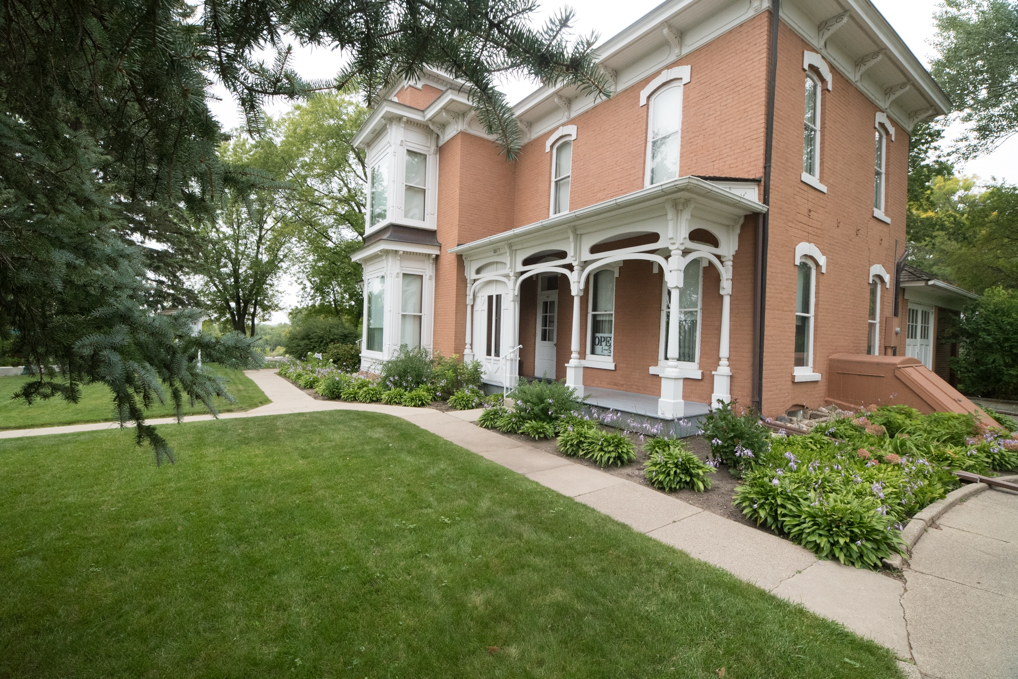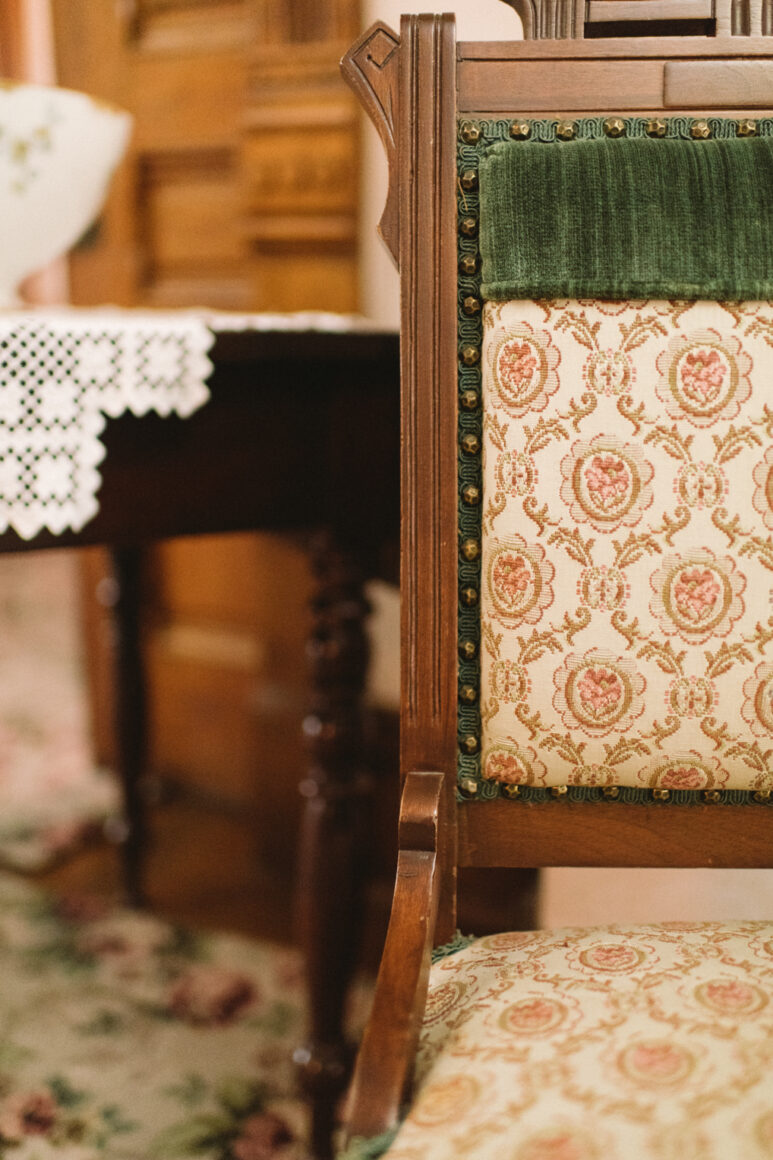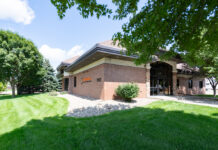Step back into 1885 in the historic home of South Dakota’s first governor, Arthur Calvin Mellette, and former first lady, Margaret Wylie Mellette, on Prospect Hill in Watertown. The couple, who had four boys, built the Italianate-style home when the area was technically still Dakota Territory (Arthur was governor of Dakota Territory before South Dakota became a state on November 2, 1889).
The family occupied the house well known for its architecture for 10 years and, according to guide Pam Raeder, it was later condemned in 1943.
“The Mellette Memorial Association, which was citizen-formed, bought it for $500 in 1944 to keep it from being torn down,” she said.
Charles, their last remaining son, heard the news and contacted the association to donate some of his parents’ possessions.
“That’s how we got original pieces,” continued Raeder. “In fact, anything with a gold cord is original.”
THE DOUBLE PARLOR
One of the most important spaces was the double parlor, which hosted a lot of elegant get-togethers and political events.
“They were Victorian, so hang on to your hats.” – Pam on etiquette
It showcases how the home is a mix of originals and other furniture and decor donated by people in the community. Raeder says the home started getting renovated in the ‘50s, and that is when people started moving from ancestral homes and started building ranch style.
“They had this big old furniture that didn’t fit in newer homes and nobody wanted it,” said Raeder. “We just make sure it’s from the same time period, so nothing is newer than 1895. Like this desk is not the Mellettes’, but it is from an older home in Watertown.”
There is a blown up photograph in the double parlor of the Mellettes’ anniversary party in 1889, which shows some of the surrounding furniture and pieces. While the Steinway Piano isn’t original to the house, it was made in 1863 and is the older Square Grand model, which is a style they did own and is in the photo (that style of piano was discontinued in 1888).
“They had about 200 people in this house,” she said.
A parlor was the most formal room in a home and was mainly meant for entertaining. This large room is right off of the original entrance, and Raeder says back in the day you would never enter through the parlor.
One jaw-dropping detail in the home is the spiral staircase in the entrance, which goes all the way up through the tower.
“An Italianate home has the tower, which serves absolutely no purpose whatsoever, but it’s just there,” said Raeder. “The stairs literally go up to nothing at the top.”
THE OFFICE
Right off of the original entrance is the library and office where the former governor would work, as there was no state capitol building at the time.
One of the highlights is an oil painting of a woman. Raeder says this is a self portrait of Margaret, or “Maggie,” who enjoyed painting.
“Maggie was a very talented artist,” said Raeder.
The Mellettes owned two original John Banvard oil paintings, which are both still in the home.
THE BEDROOMS
There are four bedrooms in the Mellette home.
“We have no idea who slept where. Everybody always says, ‘Who slept where?’ Who knows? They didn’t write it down, it wasn’t important,” said Raeder.
The northwest bedroom, which has an original walnut furniture set, would get very cold in the winter, so much so that Raeder says they would shut this room off in the winter.
There are several original items in the master bedroom, including the headboard, a small rocker handmade by governor’s grandfather, and a hot chocolate set.
The smaller rocker in the room was Maggie’s and has no arms.
“Women did not like to have arms on their chairs because of their long dresses,” she said. “With it armeless, your dress would fall a little more naturally and not get as wrinkled. Can you imagine ironing those dresses? I wouldn’t want arms, either.”
There are a handful of original outfits the Mellettes wore, including Maggie’s First Lady gown she wore to the second inaugural ball on January 6, 1894, which shows she was around five feet tall.
The next bedroom displays the rope springs used in bed furniture.
“That’s where the saying ‘sleep tight, don’t let the bed bugs bite’ came from, because the ropes would become loose and you would need to tighten them back in the day,” said Raeder.
The last bedroom showcases more furniture that was time period appropriate, like the wardrobe for clothing and a wash bowl for nighttime grooming.
UPSTAIRS SITTING ROOM
Raeder says this is where everyone in the family spent the most time.
“Since the parlor was for entertaining, this is more of what we would call a ‘family room’ today,” she said.
This has several pieces of art from the Mellette collection, like originals by South Dakota painter John Banvard.
“John Banvard was the first world famous artist to come to Watertown,” said Raeder. “He arrived the same time as Mellette did. He once painted a panorama that was three miles long of the Mississippi.”
There is a photograph of the Wylie home, where Arthur boarded while he attended the University of Indiana.
“He always wanted Dakota Territory to be two states.” – Pam
It’s there that he met Maggie. The photo also shows her mother, who lived to be over 100 years old. She is sitting near a plant, which actually had pieces cut off, and Raeder says there are plants created from that around the house today.
THE PANTRY/KITCHEN
We ended our tour by taking the “working stairs,” which Raeder says were located in the back of the house and led to the pantry and kitchen so as not to be in the way.
“It was very normal for the time,” she said.
In the kitchen is an old icebox.
“Ice was very valuable back then,” she said.
Raeder has a theory that they must have had help because of all of their gatherings.
“They had to have had help because of the size of their anniversary party, for example. And May 1 of 1887, Maggie had 100 of her friends here for tea. One hundred people.”
The Mellette House is open to the public Tuesday through Sunday 1-5 p.m.
For more information, visit mellettehouse.org.


